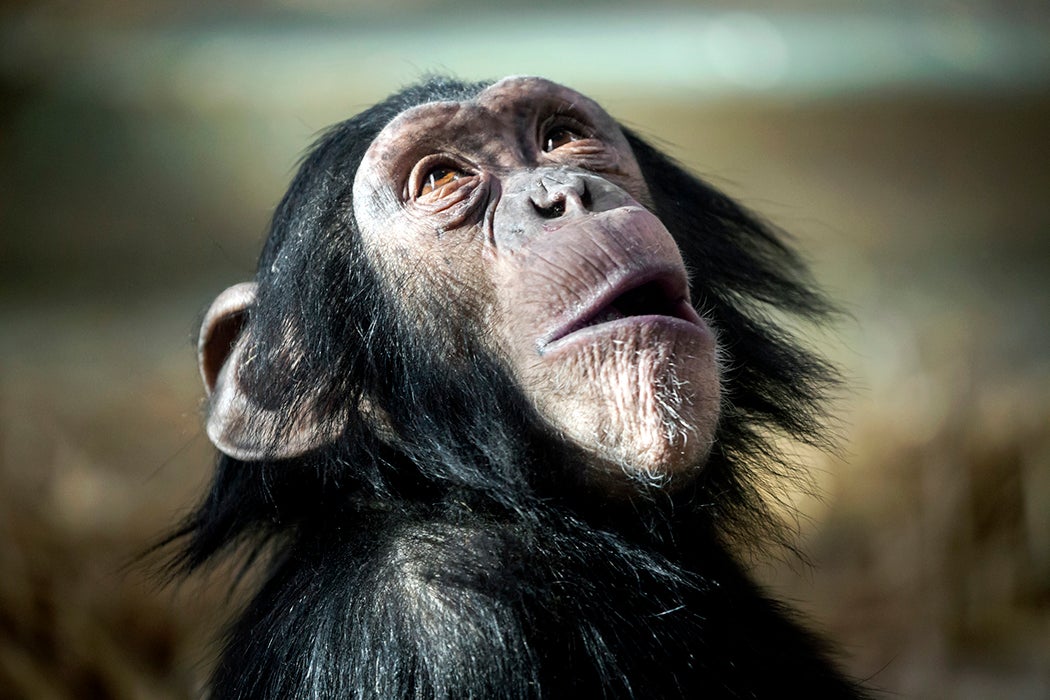Alarm calls truly display the complexity of animal communication. For example, scientists have learned that chimps tailor their warning communications based on the knowledge level of the recipient. The chimps make less effort to warn their fellows about a snake when they think that the other chimps already know about the snake. This is an extremely sophisticated ability, but then again we expect great things from chimps, our closest living relative. When it comes to complicated communications, it’s not necessary to be a chimp.
Mammals are especially diligent. Many species of mammals, from monkeys to squirrels to mongooses, will sound the alarm for other members of the species within earshot. These alarm calls are often far more than just a general “Look out!”
There are two main types of alarm systems. In many species, the primary information being conveyed is the immediacy of the threat, an “urgency-based system.” These calls are common in rodents such as squirrels. A close, more dangerous predator will elicit a louder, more urgent call. These types of alarms are the same regardless of the threat’s identity but there is one important distinction: the call is different if an aerial predator such as a raptor is detected, or if it’s something terrestrial like a bobcat. Individuals react similarly regardless of the alarm details, bolting for shelter. However, it is possible that the urgency of the alarm merely reflects the stress level of the individual giving the warning.
The other main type of alarm system are called “referential systems,” employed by certain monkeys, lemurs, and, oddly enough, chickens. In these systems, warnings convey information about specific types of predators. Aerial predators elicit a different call from terrestrial threats, but a leopard might receive a different warning than a snake. Those in earshot react differently depending on which species it is, fleeing from a leopard, maybe, or perhaps mobbing a snake.
For some species, such as meerkats, specific behaviors such as movement also have a particular call beyond just the type of predator. These have calls that convey elements of both referential and urgency-based alarms. A separate call denotes all-out panic, the “Holy Crap Run For It” call. Meerkats will also react to alarm calls given by other species. The most urgent calls are the shortest—after all, it’s unwise to draw more attention to yourself when faced with an urgent threat.
It makes sense that alarm calls are some of the most sophisticated communications. If there’s one call you want to get right, it’s an alarm, and vague alarms might not provide adequate warning. Many species that employ alarm calls are warning other members of their own group, thus helping the group persist.







